Giralda Tower

The third-largest church building in the world (and the largest cathedral), Seville Cathedral is every bit as big as you think it is, possibly bigger. It also happens to be spellbindingly beautiful too, all stunning Gothic arches and 15th century magnificence. The cathedral was built on the remains of a mosque and has actually retained a couple of those features, but this is a house of Catholicism and then some, home to the longest nave in Spain and a quite incredible section of paintings depicting the experiences of Christ. The views from the top of the Giralda? You’ll just have to see for yourself. Expect plenty of queuing in the busy months, so buy your tickets ahead of time and save yourself the stress. Oh, Christopher Columbus is buried here as well, if you needed any more reasons to visit.
Real Alcázar
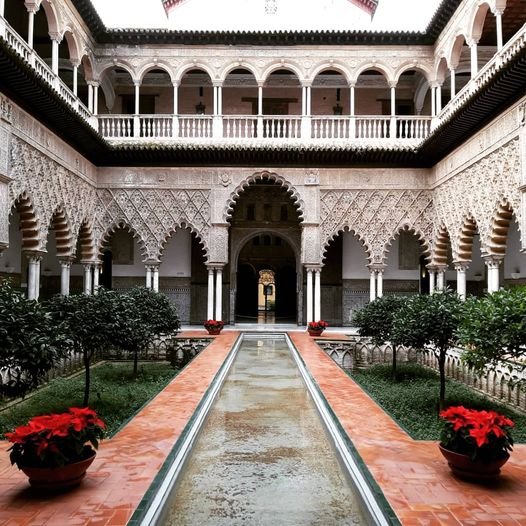
It started life as a Muslim fortress way back in 913, but Seville’s Real Alcázar is so much more than defence and neurosis. This is the architectural history of the city in one spot, touching on the slight evolutions that came in every single century since the 10th, and it remains the finest piece of Mudéjar architecture in the entire country. You may recognise it from the fifth season of ‘Game of Thrones’ or even the film version of ‘Lawrence of Arabia’, and you could easily spend a day getting lost in its various courtyards, gardens and exquisitely designed rooms. An absolute stunner, in every sense of the phrase.
Plaza de España
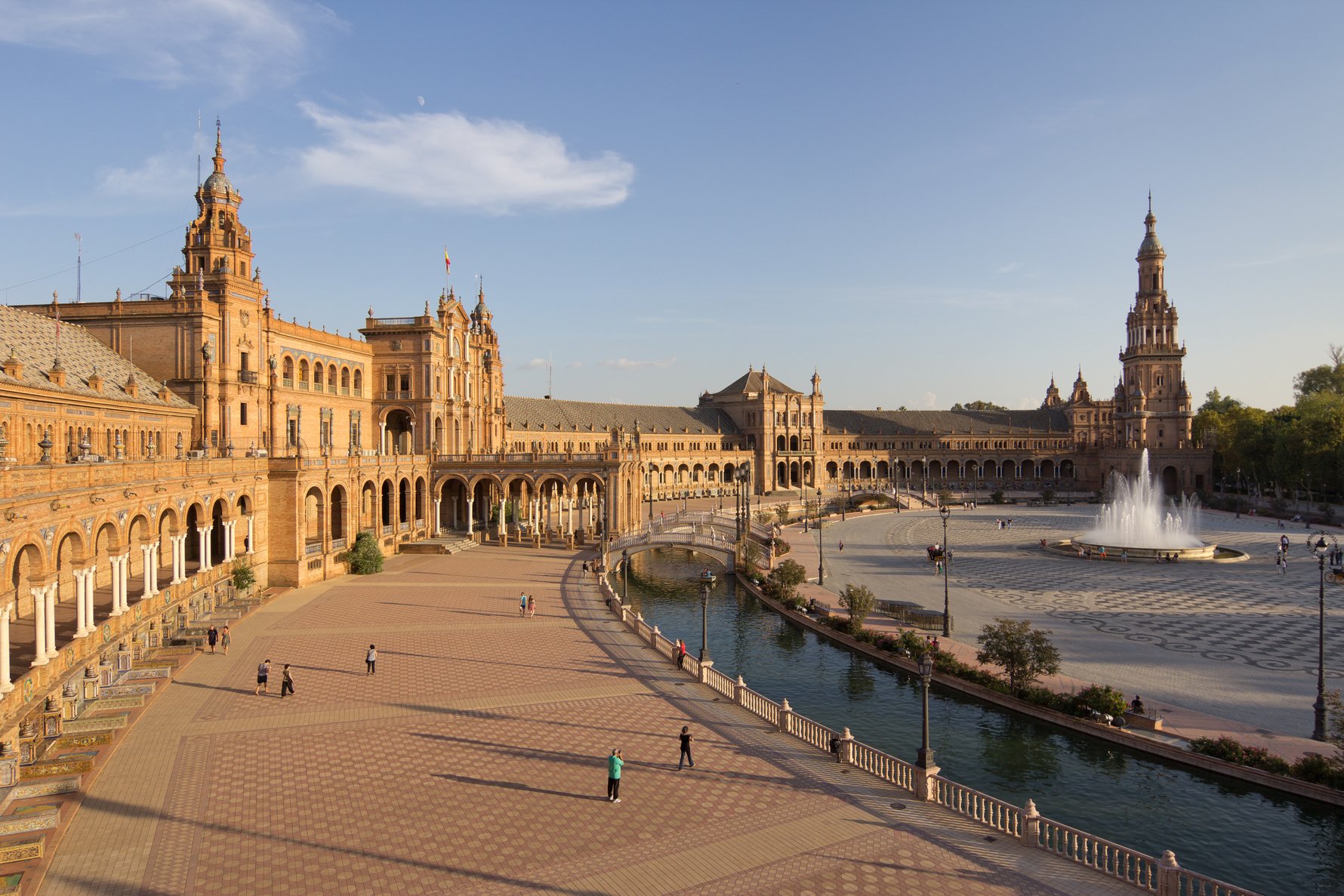
As far as city squares go, this is about as extravagant as it is going to get. Seville’s Plaza de España is a jaw-dropper from the get-go, a mass of panoramic beauty that is fit for a king. Built in 1928 for the Ibero-American Exposition of 1929, each and every Spanish region is celebrated in ceramic form, with some seriously impressive alcoves and benches ringing the square and singing the praises of Spanish territories. The square is found on the very edge of Maria Luisa Park,, and has also featured in films as varied as Lawrence of Arabia and The Dictator.
Barrio Santa Cruz
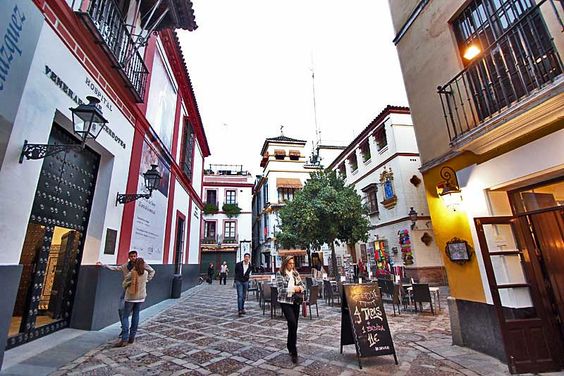
Metropol Parasol
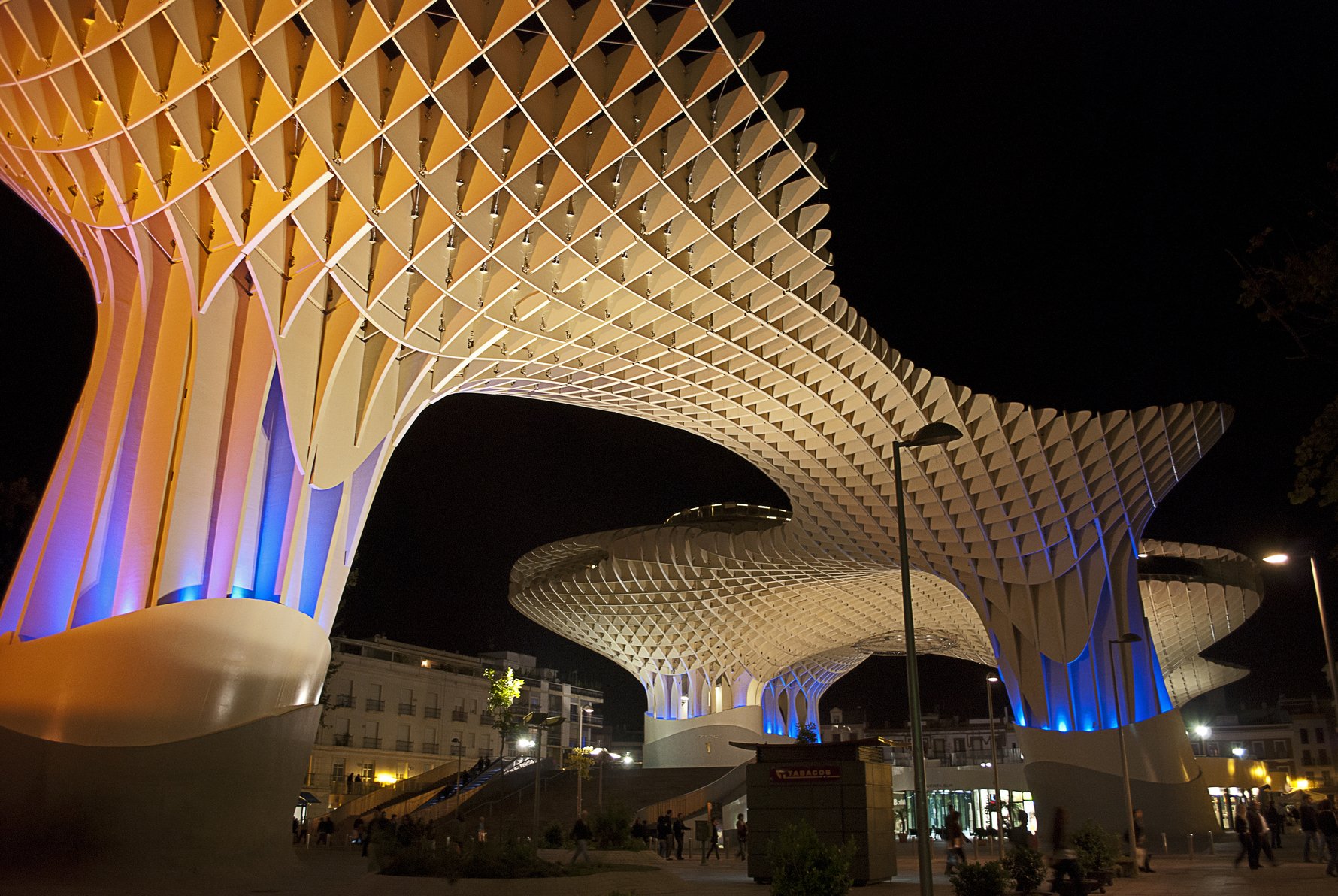
The world’s largest wooden structure. What more is there to know? The Metropol Parasol was opened in 2011 and provides some much needed shade during those scorching summer months, not to mention a convenient place for meeting up and taking some of the most Instagrammable pictures in the city. A number of cafes sit underneath, but it is worth getting to the top of the structure for the excellent views and aesthetically pleasing shots. It is much better than the concrete car park that used to stand here, that much is for sure.
Parque de Maria Luisa
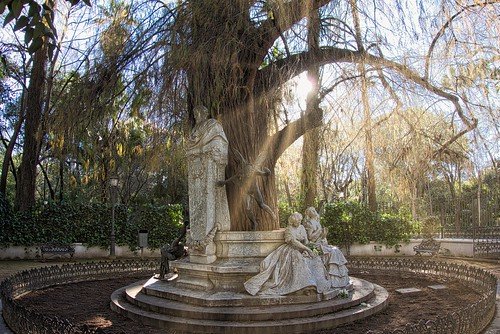
Triana
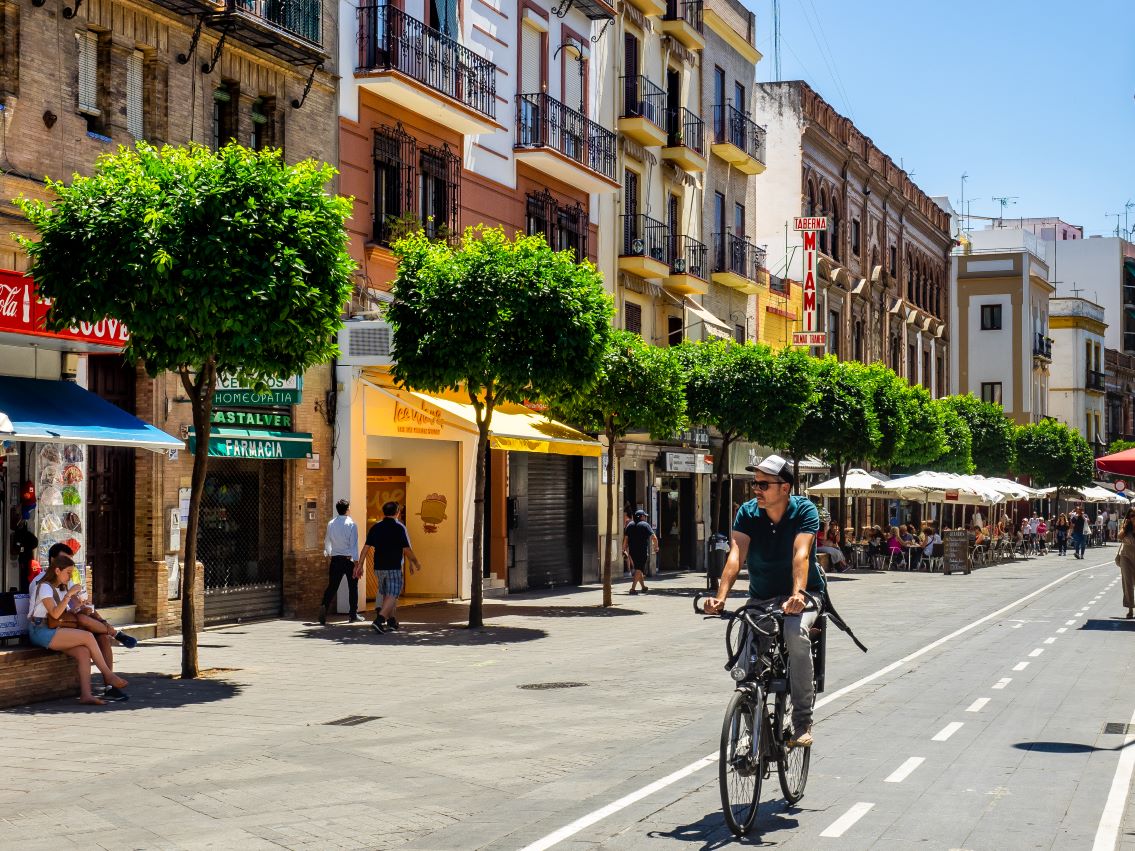
Torre del Oro
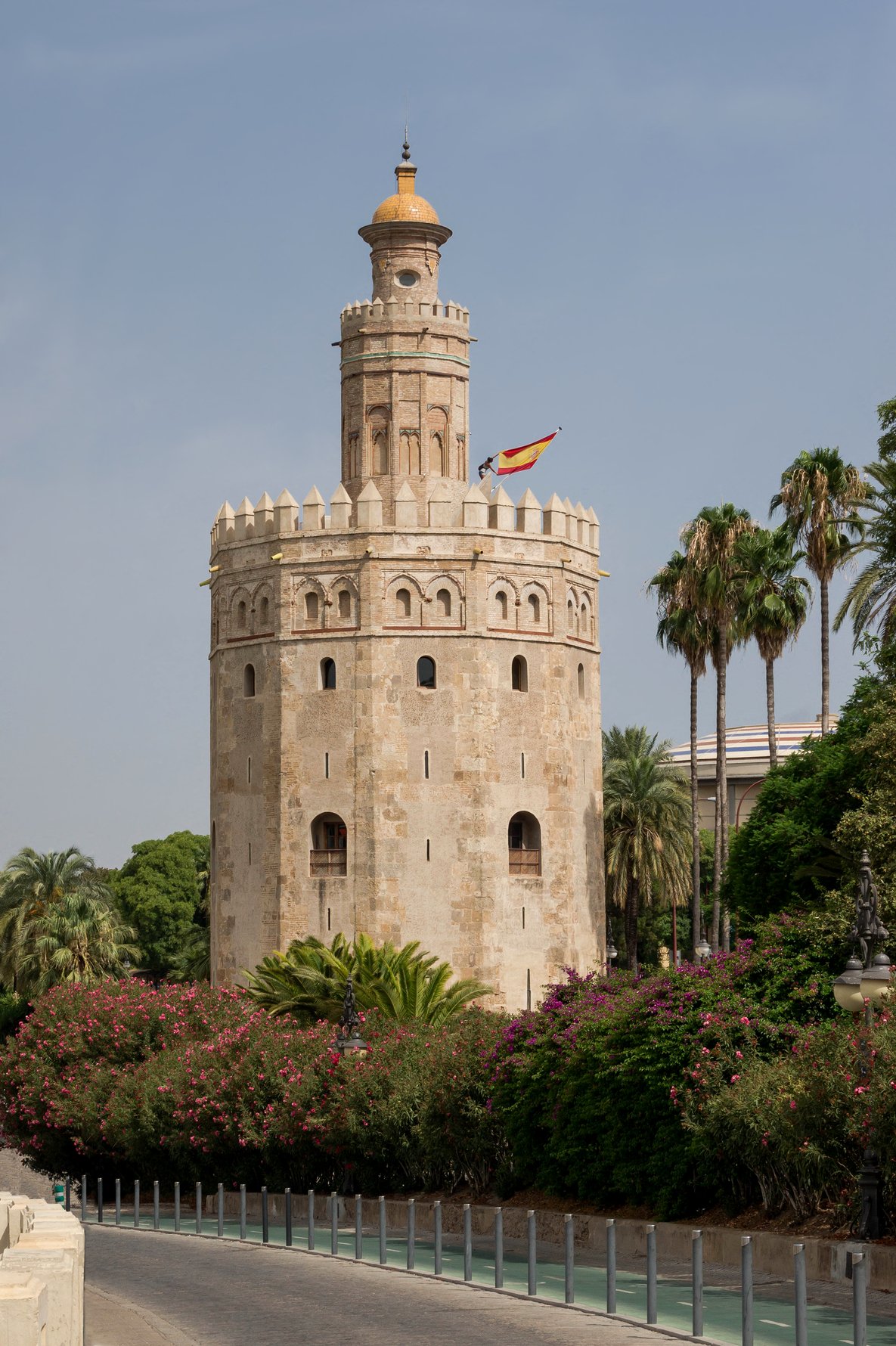
Another important and influential landmark in Seville, the Torre del Oro (Golden Tower) is a twelve-sided polygon that started out life as a muslim military watchtower, but it is the flag of Spain that flies from its viewpoint today. Built in the 13th century, it also served as a prison for a while, although we’d rather not think about that. It is now home to a maritime museum and a watchtower, along with the ghosts of the lost souls who came to their demise here. Maybe.
Museo de Bellas Artes
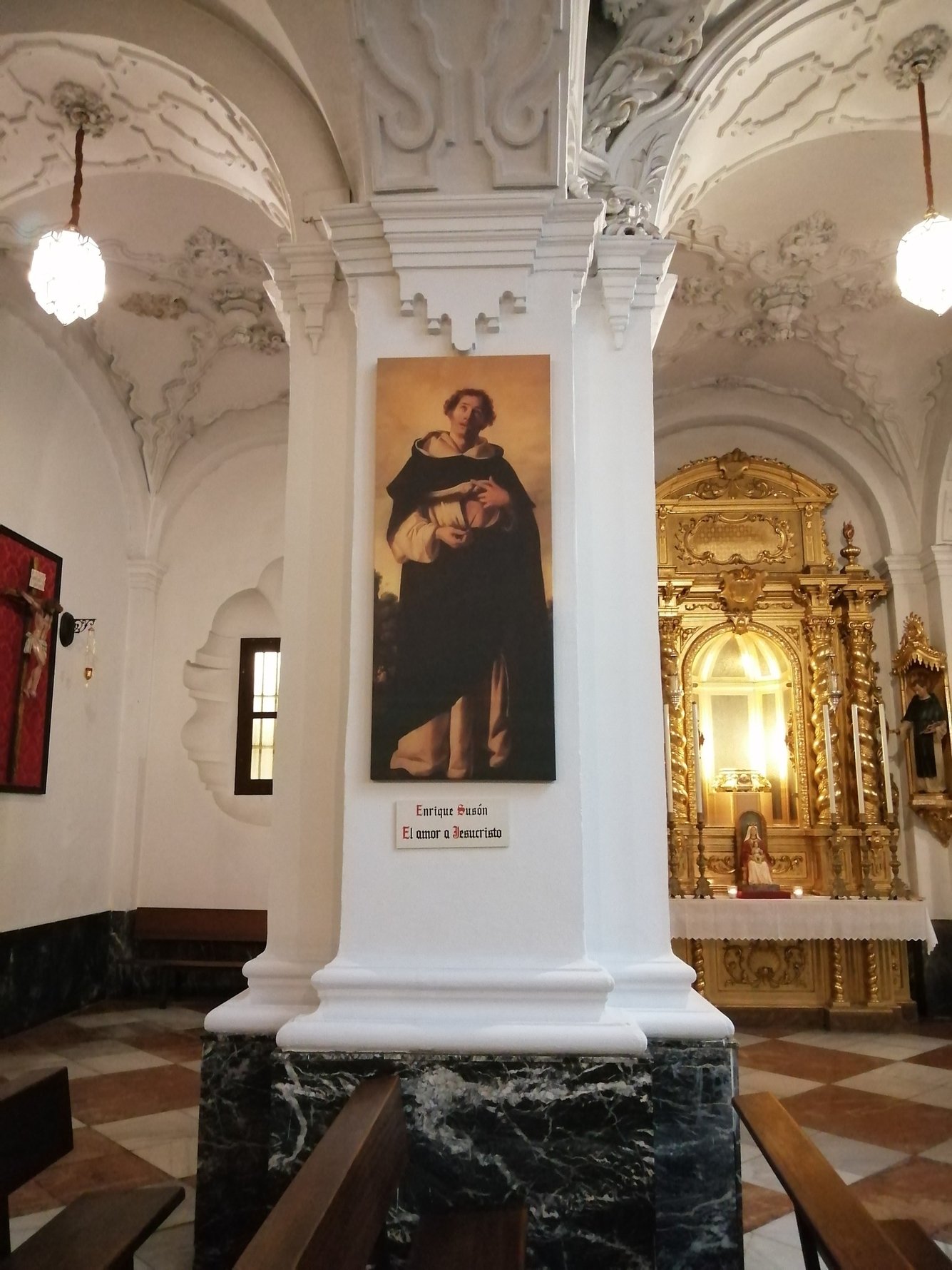
Casa de Pilatos
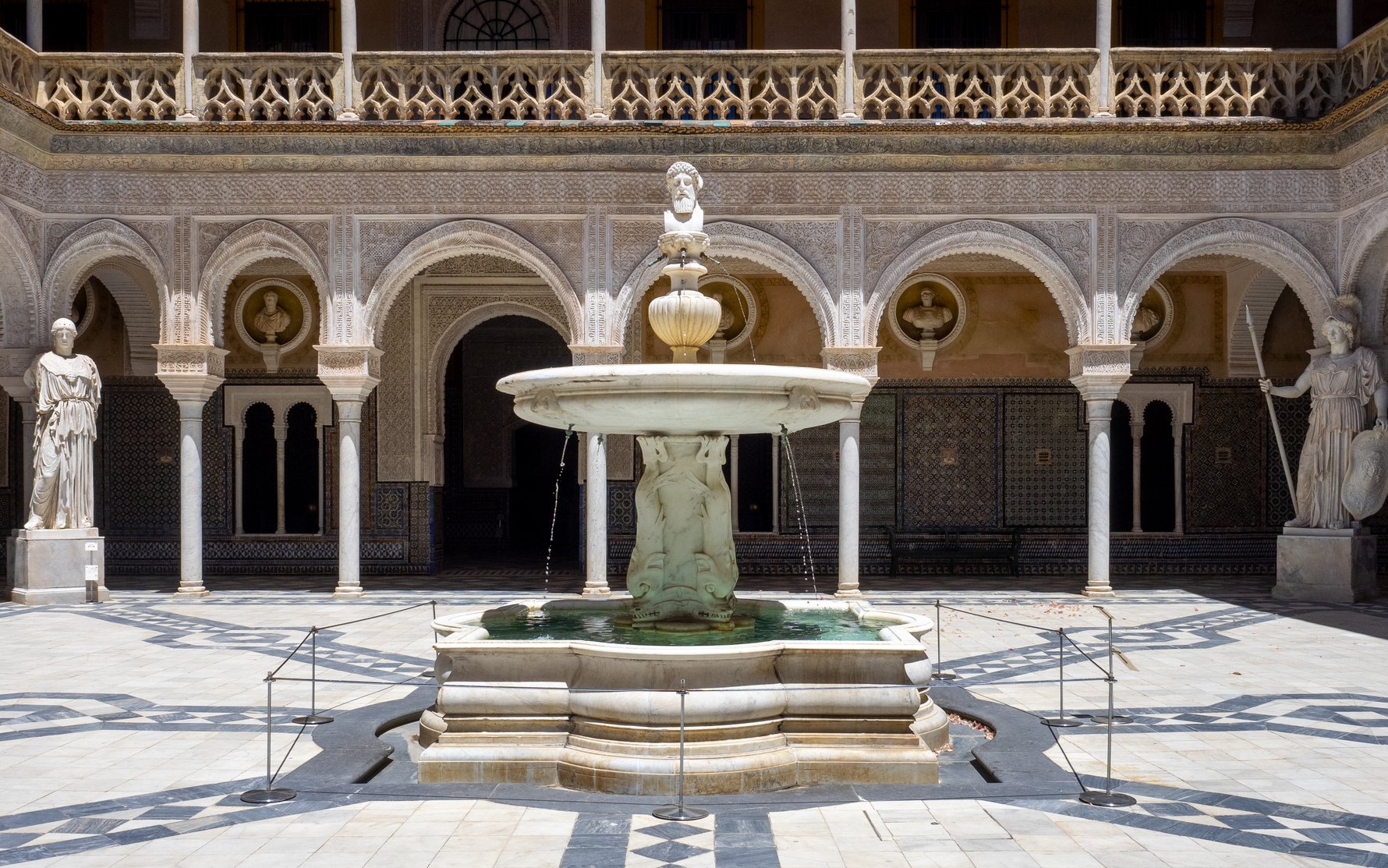
A home fit for nobility. That is both figurative and literal, as the stunning 16th century Casa de Pilatos serves as the official residence of the Dukes of Medinaceli. The palace is another splendid example of affluent architecture in Andalusia, with many regarding this as the prototype of an Andalusian mansion. This is Italian Renaissance architecture at its most elegant.


Comments